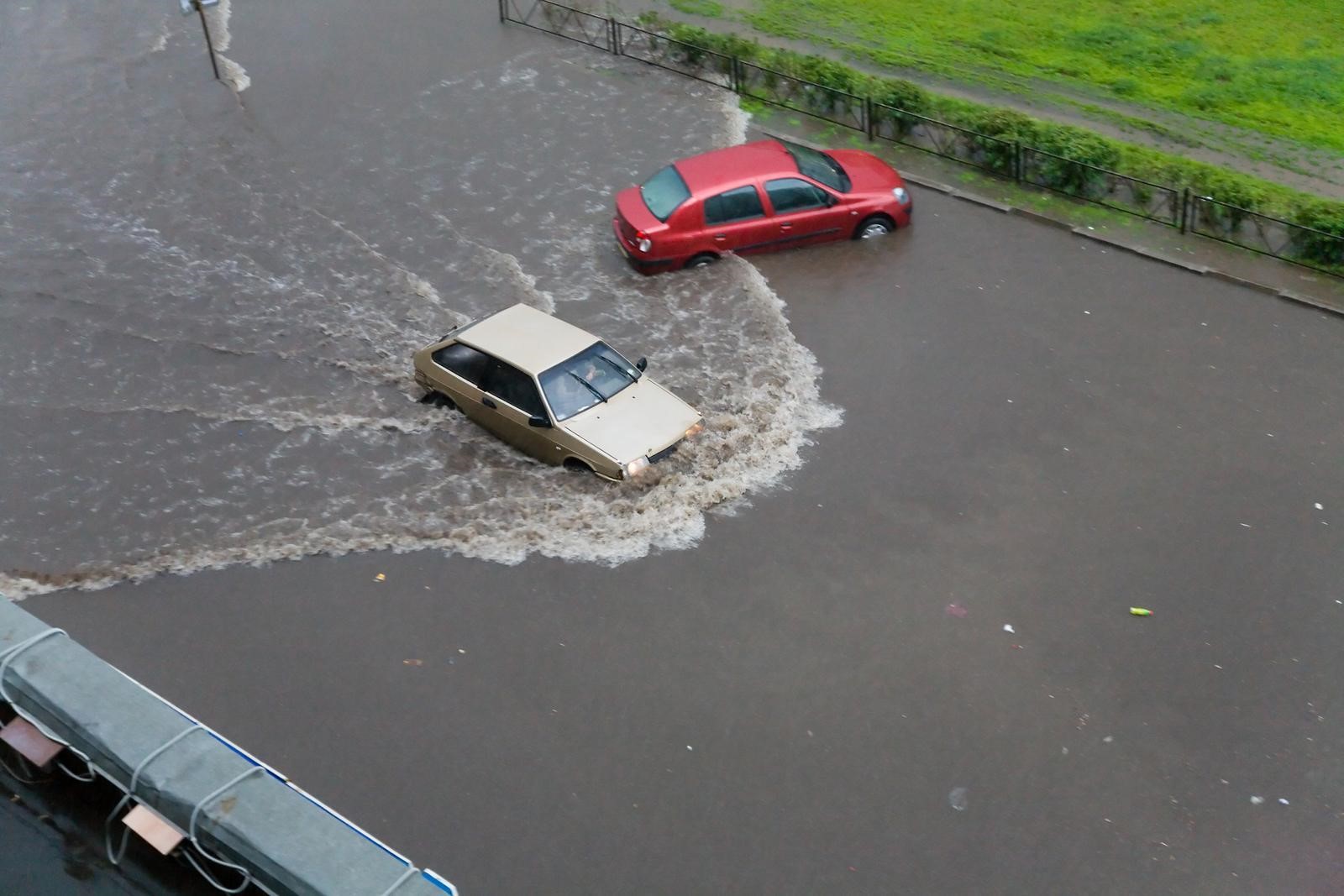The United States is increasingly becoming an urban society. Despite its many benefits, there are certain downsides to urbanization that severely affect the environment. For instance, vegetation and soil need to be removed, drainage networks need to be built, and land surface needs to be reshaped—all of which contribute to peak discharge, frequency, and volume of floods in nearby streams. Put simply, some of the biggest aspects of urbanization contribute to flooding in many different ways.
Due to the increased risk of flooding, city planners make it a point to include flood protection in their priorities. A variety of technologies are available toward this end, including bioinfiltration, enhanced tree pits, pocket wetlands, green roofs, and subsurface detention, retention, and infiltration practices. Four types of subsurface stormwater systems are briefly described below.
Storage vaults or tanks
Storage vaults and tanks designed to mitigate flooding are typically constructed from pre-cast concrete structures, culverts, concrete rings, pipes, cast-in-place concrete, and even vendor-provided products. They can be built with or without a bottom slab, depending on whether the intention is to let stormwater runoff infiltrate the ground or overflow.
Gravel beds
Gravel beds are excavated subterranean areas filled with uniformly-graded gravel. They are meant to temporarily detain water and promote infiltration. The void spaces within the gravel are where excess water can be stored.
Perforated pipes
Perforated pipes come in a variety of sizes. They help ease soggy yards, flooded fields, and wet basements. They can be made of different materials including PVC plastic, cement, clay, and iron. Perforated pipes typically combine the methods of gravel and pipe storage to detain water and promote infiltration.
Storm chambers
Storm chambers are underground structures that can be used either for detention or retention of stormwater. Many consider storm chambers to be the best storm water systems available because, apart from being less expensive, quicker, and easier to install than other underground systems, they are extremely reliable when it comes to meeting and exceeding the standards of water quality BMP.
These are four of the most widely used subsurface flood mitigation techniques available. Get to know the applicability of each to your particular situation when you consult a stormwater BMP professional like those at Stormchamber®.
(Source: Guidelines for the Design and Construction of Stormwater Management Systems, New York City Government)






